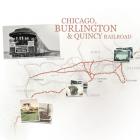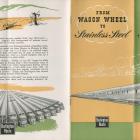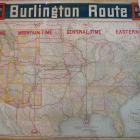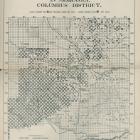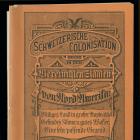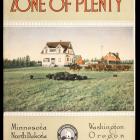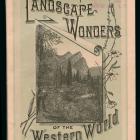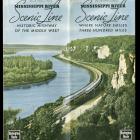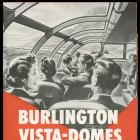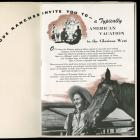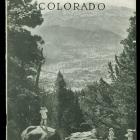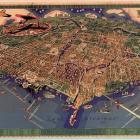The National Park Line
Railroads played a crucial role in establishing and popularizing the national parks, and making the parks accessible to tourists. With strong support from the railroads, the act that created Yellowstone National Park, the world’s first national park, was signed into law on 1 March 1872, by President Ulysses S. Grant. The Northern Pacific Railway was the first to reach the park, at the north entrance, in 1883. The Union Pacific reached the western end of the park in 1907. The Burlington was the third railway to offer transportation to Yellowstone, reaching Cody, Wyoming in 1901. It began offering direct service to the park’s east entrance in 1912.
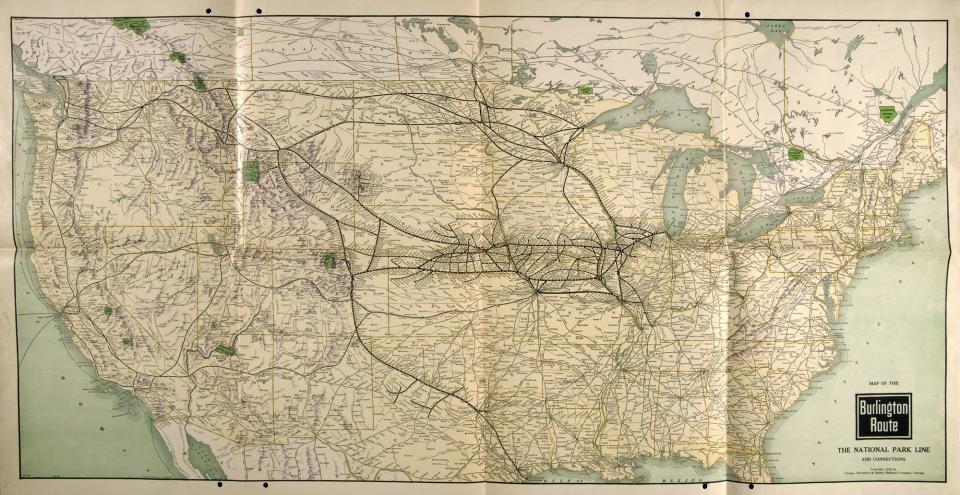
Map of the National Park Line and Connections, 1929
Map of the National Park Line and Connections, 1929
Newberry Library Chicago.
All rights reserved. Used with permission of the Newberry Library. With questions about reuse of this image, contact the Newberry Library.
The copyright holder reserves, or holds for their own use, all the rights provided by copyright law, such as distribution, performance, and creation of derivative works.
Most of the national parks were established in the western half of the US and were far from major population centers. Railroads offered the only practical means of transporting visitors to the parks. This map shows Canadian as well as US national parks, and also shows the Burlington (and Great Northern and Northern Pacific) Route in 1929.
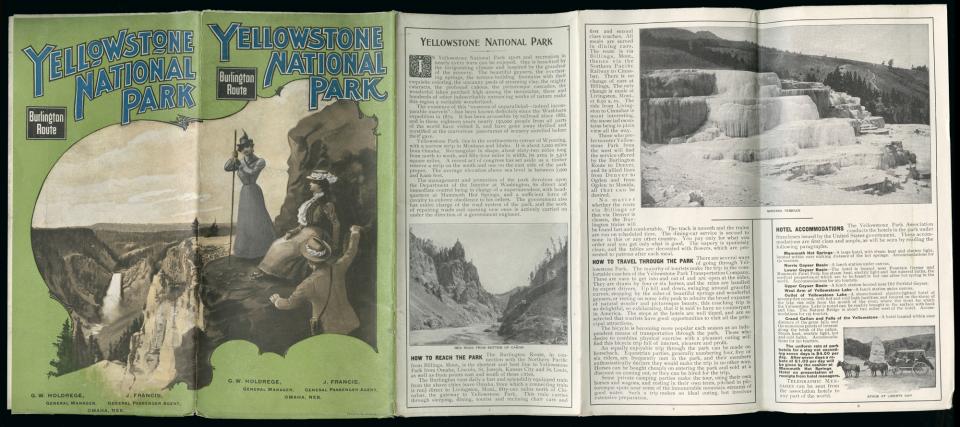
Cover, Burlington Route Yellowstone National Park brochure, 1898
Cover, Burlington Route Yellowstone National Park brochure, 1898
Newberry Library Chicago.
All rights reserved. Used with permission of the Newberry Library. With questions about reuse of this image, contact the Newberry Library.
The copyright holder reserves, or holds for their own use, all the rights provided by copyright law, such as distribution, performance, and creation of derivative works.
Two women and a man, fashionably dressed for the great outdoors, pausing to take in the view. This, and several other images in the CB&Q collection, seem to illustrate the changing role of traveling women in society—leading adventures into the wilderness, shooting guns, playing golf. Was the Burlington promoting the changes, or merely reflecting them?
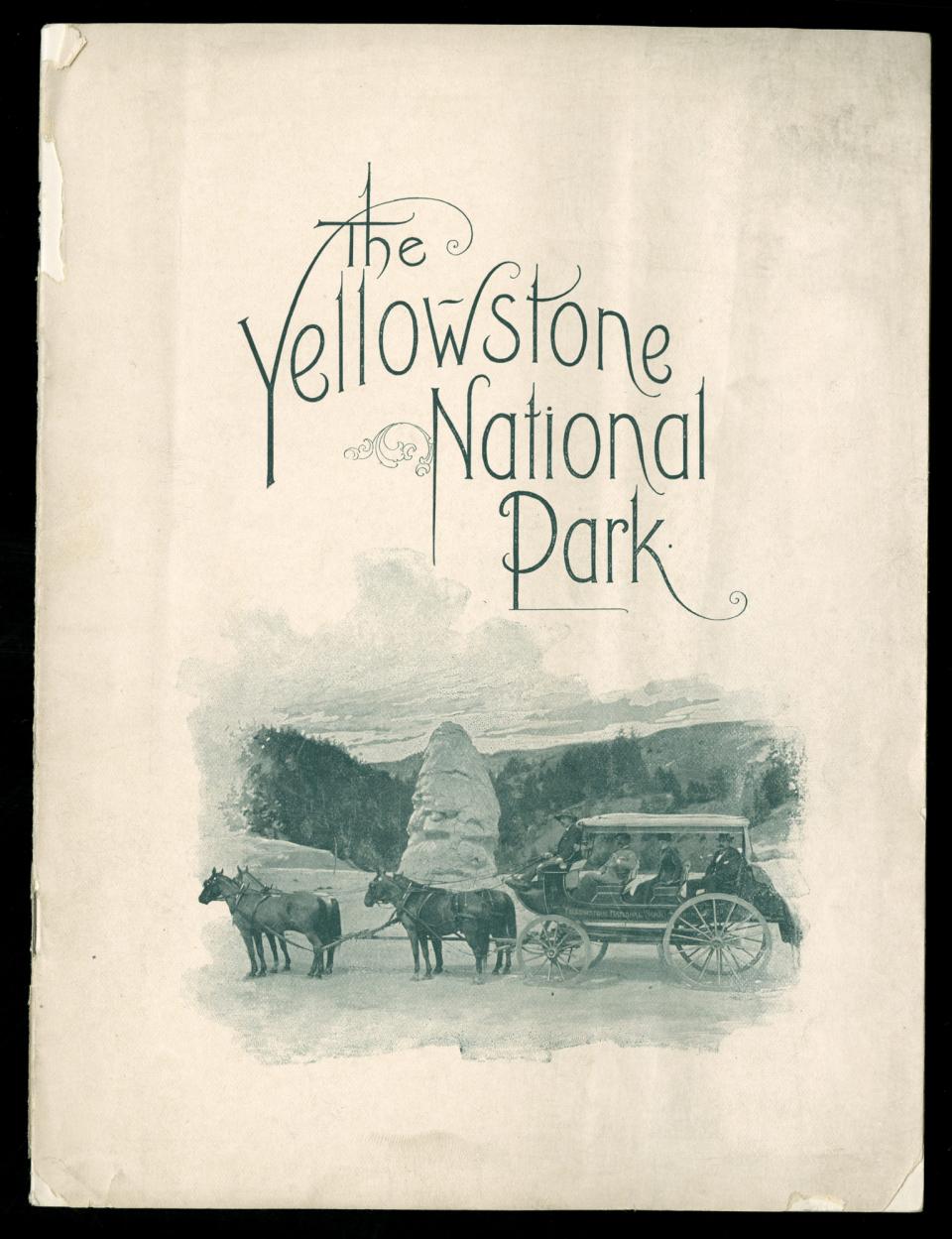
Passive tourism, via stagecoach. Cover, CB&Q The Yellowstone National Park brochure, c. 1900.
Passive tourism, via stagecoach. Cover, CB&Q The Yellowstone National Park brochure, c. 1900.
Newberry Library Chicago. CB&Q Misc. Bx. #2.
All rights reserved. Used with permission of the Newberry Library. With questions about reuse of this image, contact the Newberry Library.
The copyright holder reserves, or holds for their own use, all the rights provided by copyright law, such as distribution, performance, and creation of derivative works.
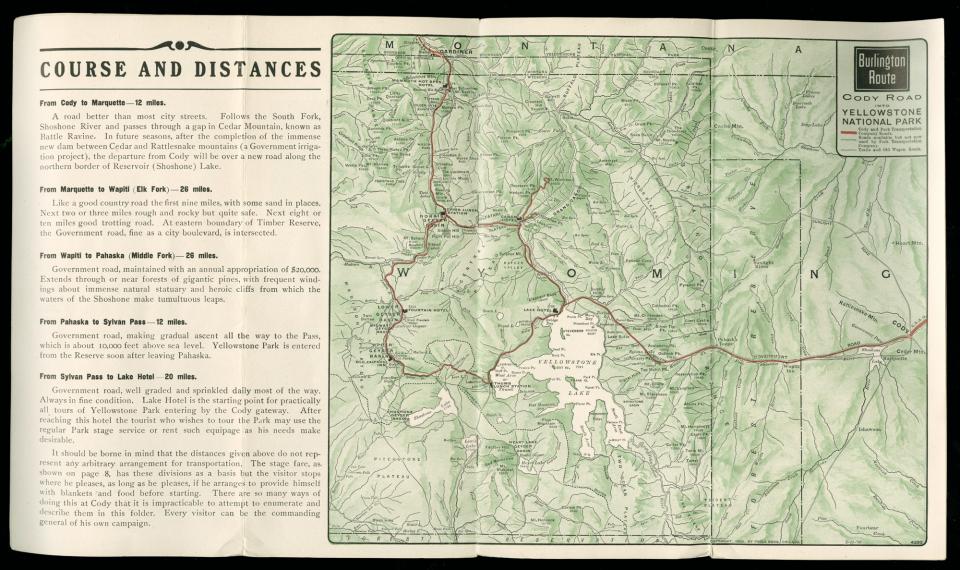
Map from pages 6–7 of Burlington Route brochure The Cody Road into Yellowstone Park, 1905
Map from pages 6–7 of Burlington Route brochure The Cody Road into Yellowstone Park, 1905
Newberry Library Chicago.
All rights reserved. Used with permission of the Newberry Library. With questions about reuse of this image, contact the Newberry Library.
The copyright holder reserves, or holds for their own use, all the rights provided by copyright law, such as distribution, performance, and creation of derivative works.
The idea of allowing automobiles into Yellowstone was controversial, mainly because of concern about the safety of driving the rugged roads and inevitable conflicts with horses on the roads. Nevertheless, on April 21, 1915, Secretary of the Interior Frank K. Lane authorized the use of private automobiles in the parks. During the first season, 958 cars carrying 3,513 people were recorded entering the park.
Yet another example of the symbiotic relationship between William F. Cody and the CB&Q: Cody had been a heavy user of rail transportation for his Wild West shows, and the CB&Q returned the favor by helping salvage his investments in the Shoshone region by building a line to Cody, Wyoming. Both Cody and the railroad benefited from the government road to Yellowstone, which by 1916 was “the only auto road into the park.”
In large part thanks to the CB&Q, by the 1920s automobiles were an established part of the Yellowstone ecosystem. The text below touts the Cody Road as an engineering marvel. Road construction and automobiles penetrating the interior of the park demonstrates the continuing tension between accessibility and preservation.
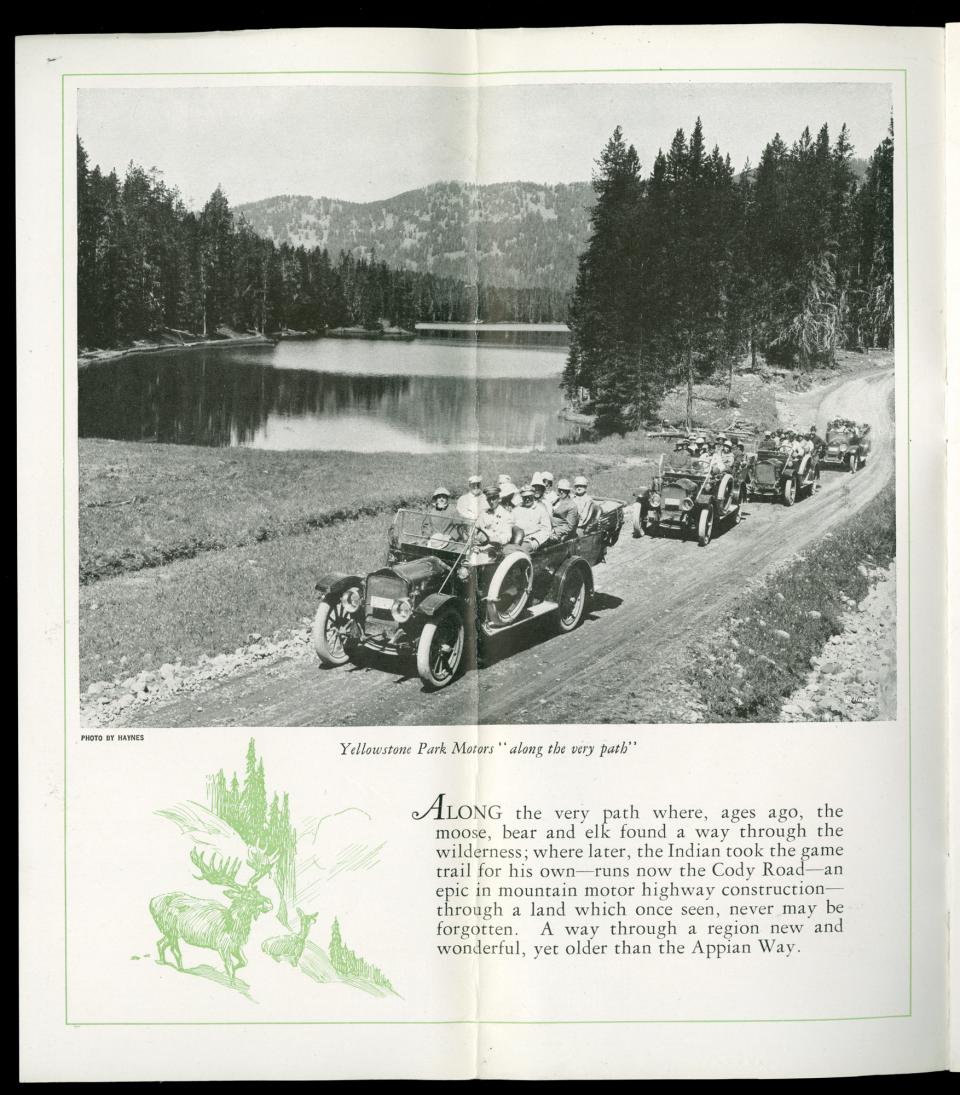
Yellowstone Park motors, Cody Road to Yellowstone Park, p. 2, 1925
Yellowstone Park motors, Cody Road to Yellowstone Park, p. 2, 1925
Newberry Library Chicago. CB&Q Misc. Bx. #2, Newberry Library.
All rights reserved. Used with permission of the Newberry Library. With questions about reuse of this image, contact the Newberry Library.
The copyright holder reserves, or holds for their own use, all the rights provided by copyright law, such as distribution, performance, and creation of derivative works.
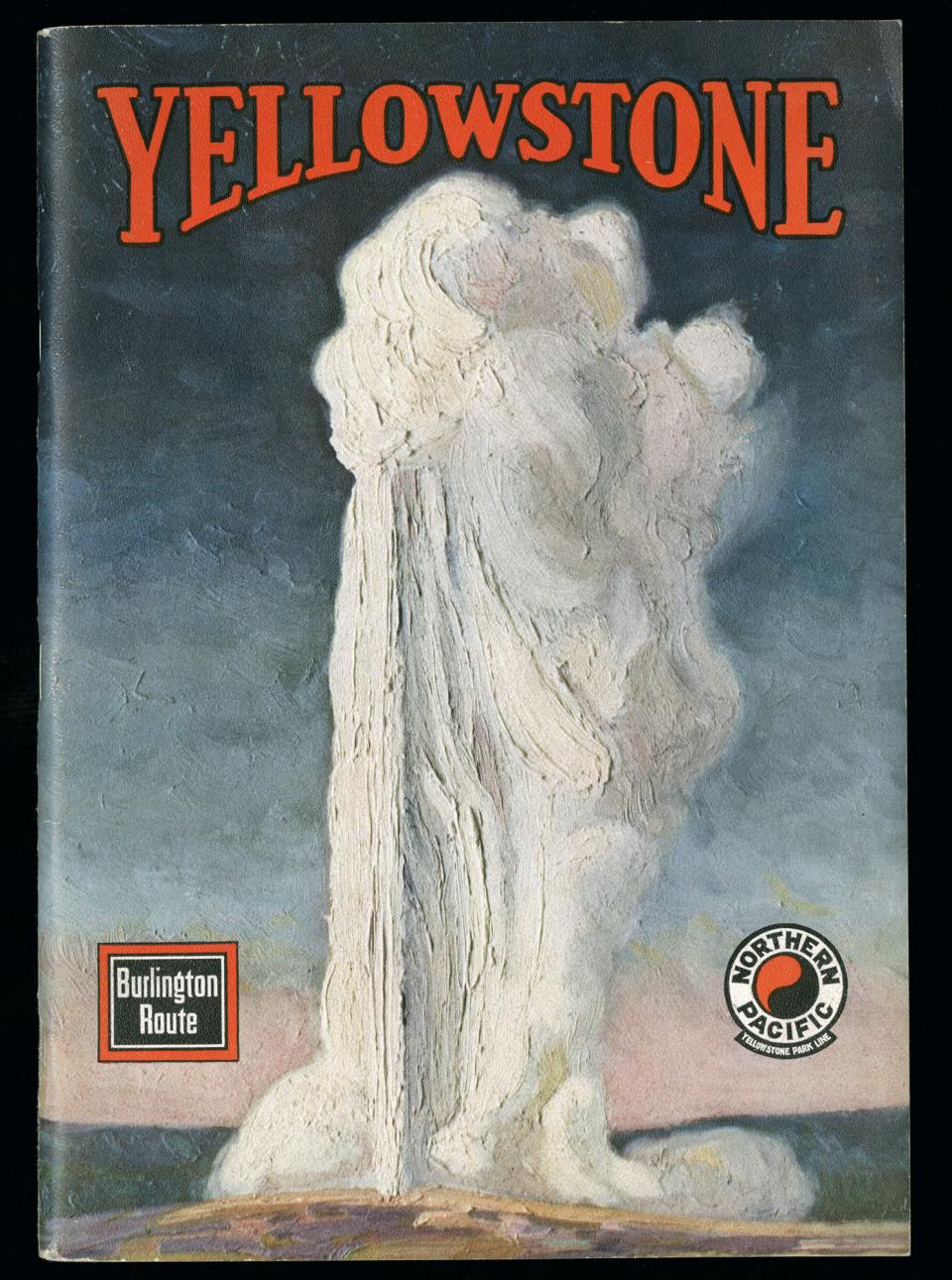
Artwork featured on a publication on the Yellowstone Park. Painting by Gustav Krollman, n.d.
Artwork featured on a publication on the Yellowstone Park. Painting by Gustav Krollman, n.d.
Newberry Library. CB&Q Misc. Bx. #2.
All rights reserved. Used with permission of the Newberry Library. With questions about reuse of this image, contact the Newberry Library.
The copyright holder reserves, or holds for their own use, all the rights provided by copyright law, such as distribution, performance, and creation of derivative works.
This cover (above) of a joint publication of the Burlington Route and the Northern Pacific Yellowstone Park line features a painting by the Austrian-American painter Gustav Wilhelm Krollmann (1888–1962). Krollmann was born in Vienna where he attended the Academy of Fine Arts. He worked for the Northern Pacific Railroad as a staff artist designing posters and advertisements.
Several examples of his work illustrate this brochure. The text includes a tribute to Yellowstone National Park by Emerson Hough (1857–1923), a prolific author of westerns and historical novels. Hough wrote:
Our great National Parks are sections of the old American wilderness preserved practically unchanged. They are as valuable, acre for acre, as the richest farmlands. They feed the spirit, the soul, the character of America.
Hough wrote about the wildness of the park, but assured the traveler that “no discomfort or danger or weariness will mar your day’s delights.”
Rocky Mountain National Park was established 26 January 1915, west of Denver, Colorado. The town of Estes Park, near the eastern entryway to the park, became a major base for park visitors.
This brochure below was issued by the passenger departments of the CB&Q and the Colorado & Southern Railway. The cover shows active tourists, a man atop a boulder examining distant peaks, a woman grasping her parasol, and a man looking at a map. The text was penned by William MacLeod Raine. Born in England, Raine immigrated to the US when he was ten. Based in Denver, he became a prolific novelist, averaging almost two novels a year, predominantly westerns. The brochure was illustrated by two prominent photographers who called Estes Park home. Fred Payne Clatworthy (1875–1953) first passed through Estes Park in 1898 on a cross-country bicycle tour. He was a frequent contributor to National Geographic Magazine. Louis Charles McClure (1867–1957) studied under the western landscape painter and photographer William Henry Jackson.
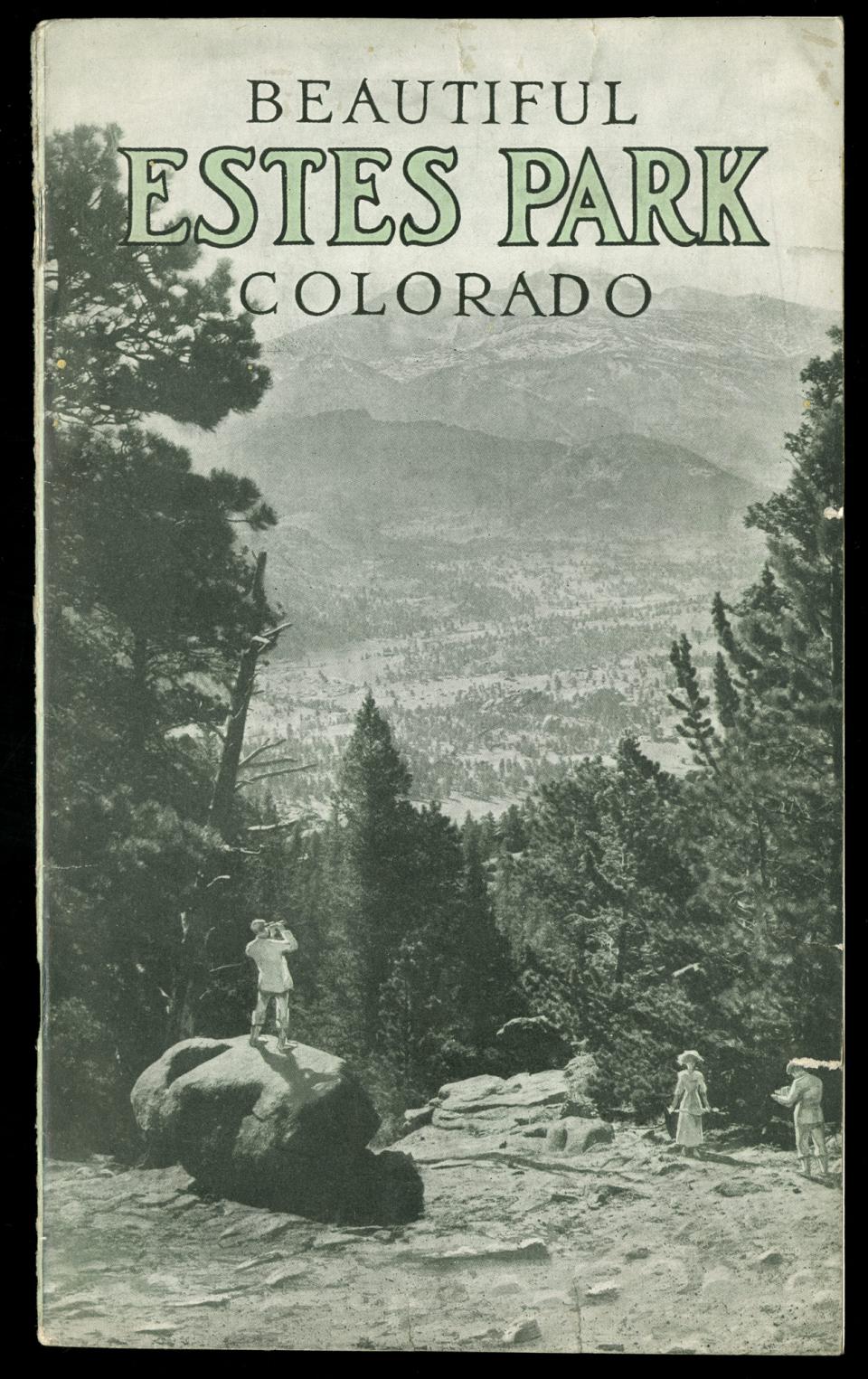
Cover, Beautiful Estes Park, Colorado. Text by William McLeod Raine. Publisher: CB&Q R.R. Company, c. 1915.
Cover, Beautiful Estes Park, Colorado. Text by William McLeod Raine. Publisher: CB&Q R.R. Company, c. 1915.
Newberry Library Chicago.
All rights reserved. Used with permission of the Newberry Library. With questions about reuse of this image, contact the Newberry Library.
The copyright holder reserves, or holds for their own use, all the rights provided by copyright law, such as distribution, performance, and creation of derivative works.
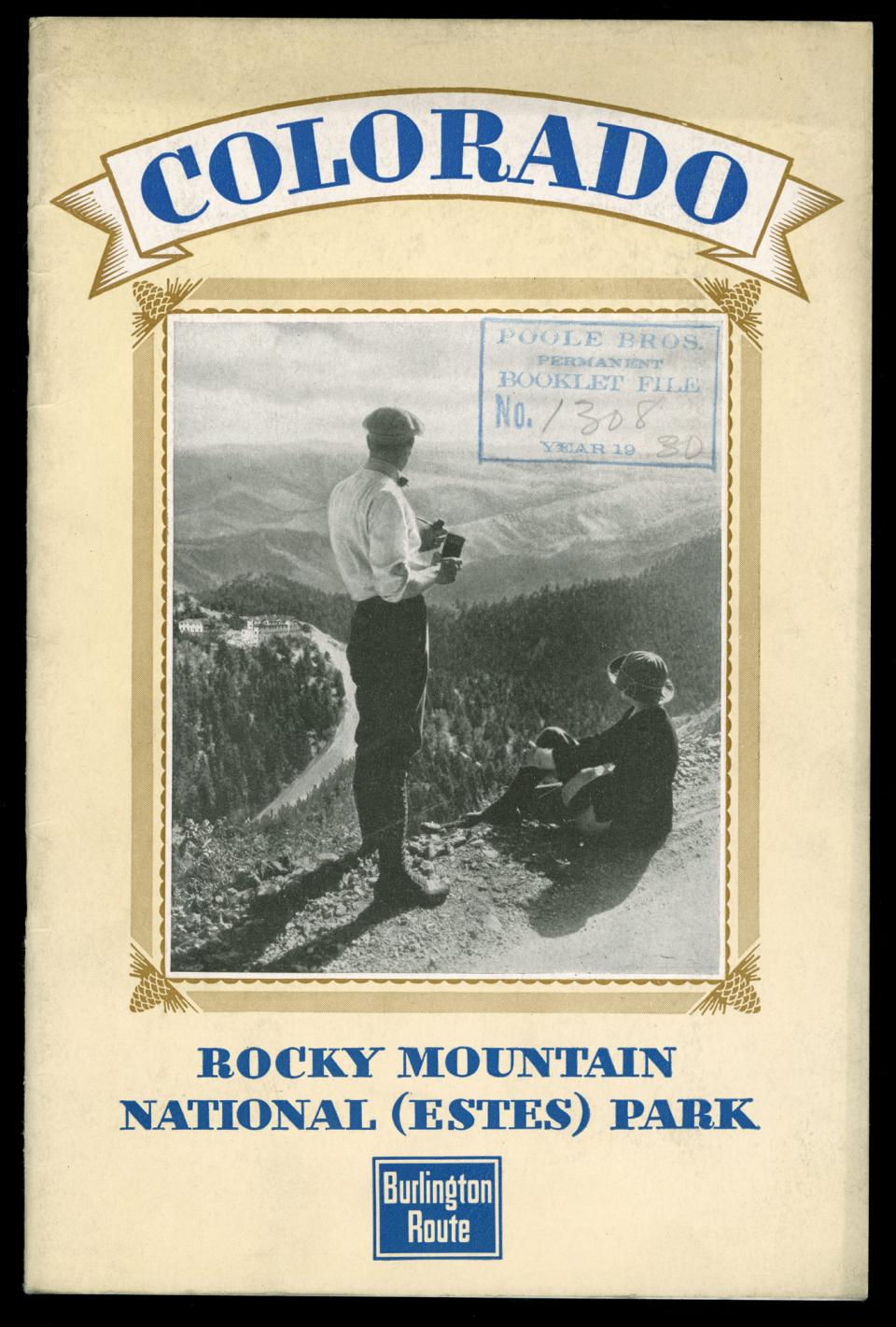
Cover, Colorado: Rocky Mountain National (Estes) Park brochure. Text by Clem Yore, 1930.
Cover, Colorado: Rocky Mountain National (Estes) Park brochure. Text by Clem Yore, 1930.
Newberry Library Chicago. CB&Q Misc. Bx. #1.
All rights reserved. Used with permission of the Newberry Library. With questions about reuse of this image, contact the Newberry Library.
The copyright holder reserves, or holds for their own use, all the rights provided by copyright law, such as distribution, performance, and creation of derivative works.
A photographic version of the couple admiring the view motif so common in Burlington promotional literature. The text is authored by Clement Yore who was a prolific novelist and poet (some of it bawdy) who led a colorful life. On a honeymoon with his second wife in 1915 visited Estes Park. They liked it so much they stayed. In 1918 National Magazine described him as Colorado’s State Poet.

Tourists at the Berthoud Pass of the Rocky Mountains. Unknown photographer, n.d.
Tourists at the Berthoud Pass of the Rocky Mountains. Unknown photographer, n.d.
Newberry Library. CB&Q Misc. Bx. #1.
All rights reserved. Used with permission of the Newberry Library. With questions about reuse of this image, contact the Newberry Library.
The copyright holder reserves, or holds for their own use, all the rights provided by copyright law, such as distribution, performance, and creation of derivative works.
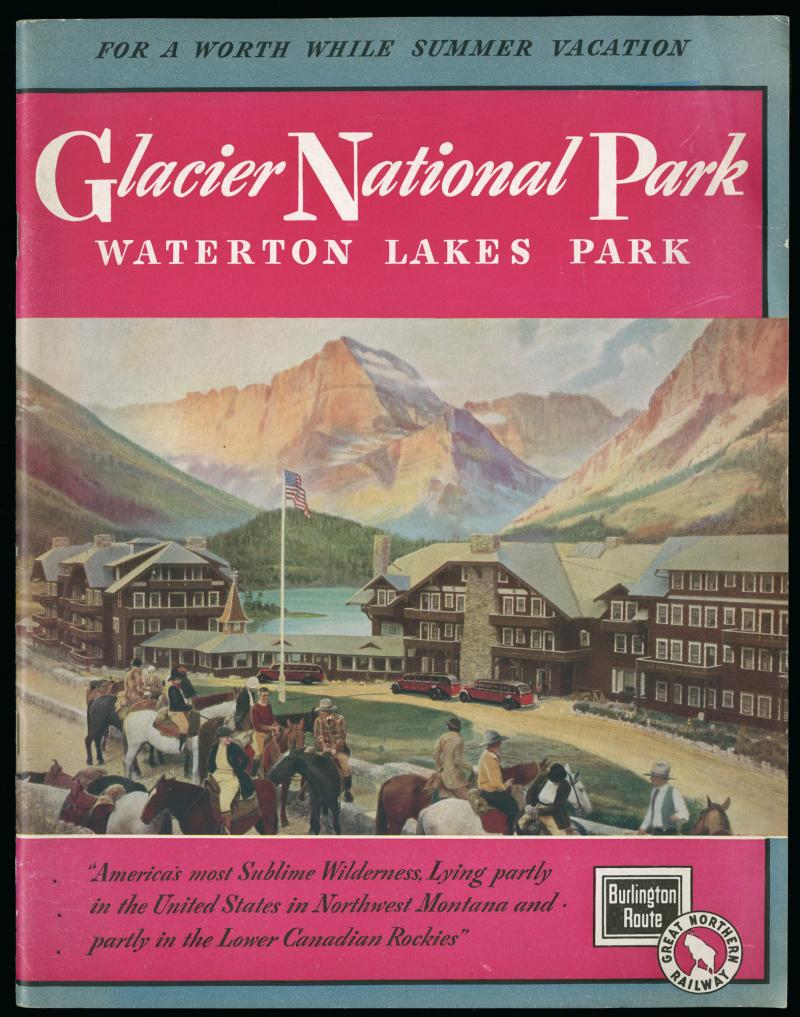
Cover, Glacier National Park brochure, 1936
Cover, Glacier National Park brochure, 1936
Newberry Library Chicago. CB&Q Misc. Bx. #2.
All rights reserved. Used with permission of the Newberry Library. With questions about reuse of this image, contact the Newberry Library.
The copyright holder reserves, or holds for their own use, all the rights provided by copyright law, such as distribution, performance, and creation of derivative works.
By 1930, travelers were increasingly turning to automobiles to provide greater mobility at their destinations, at which they had arrived by train. Automobiles were not reliable enough for trouble-free long-distance travel, nor was there a road network to compete with railways, so companies like the CB&Q promoted automobiles as an added attraction for tourists, or greater convenience for business.
This brochure was issued jointly by the Burlington Route and the Great Northern Railway. Glacier National Park was established on 11 May 1910 and is bordered by Waterton National Park in Alberta, Canada. In 1932, the two parks became the first international peace park. Well-attired riders in cowboy hats in the foreground overlook a massive hotel. An American flag identifies the side of the border. “America’s most sublime wilderness” dominates the background.



